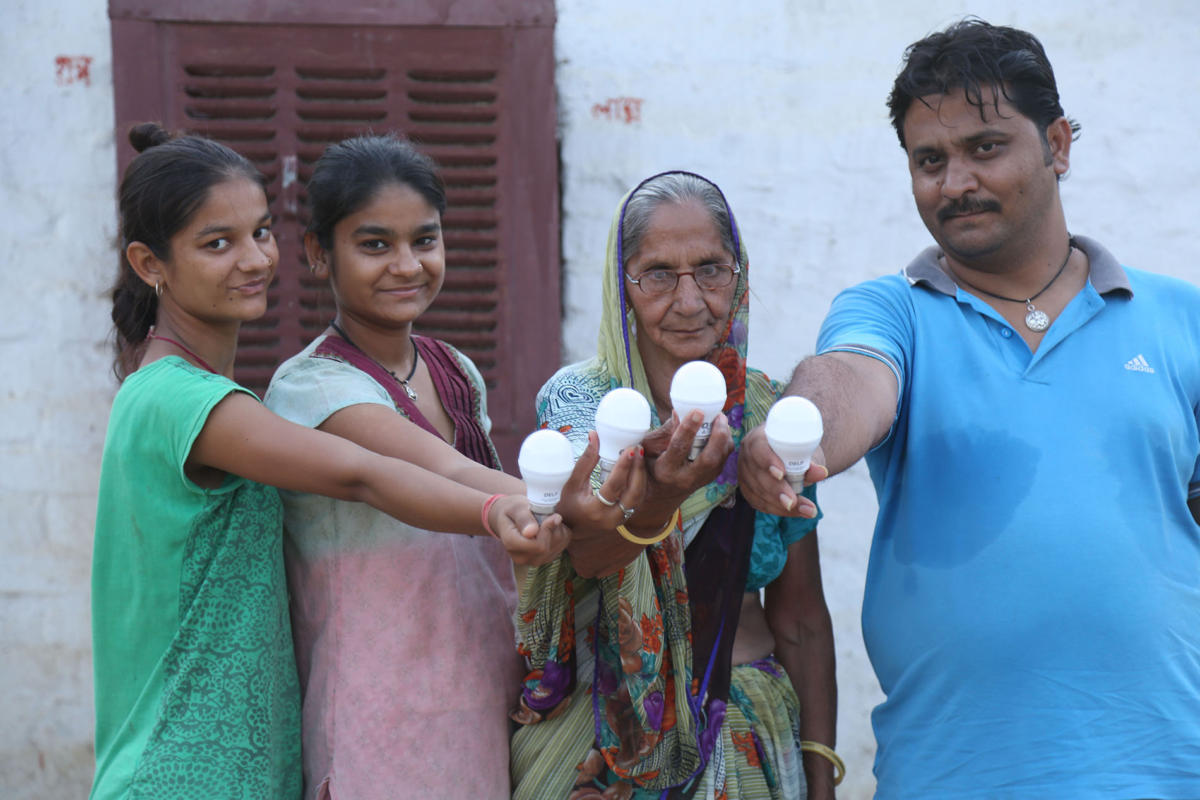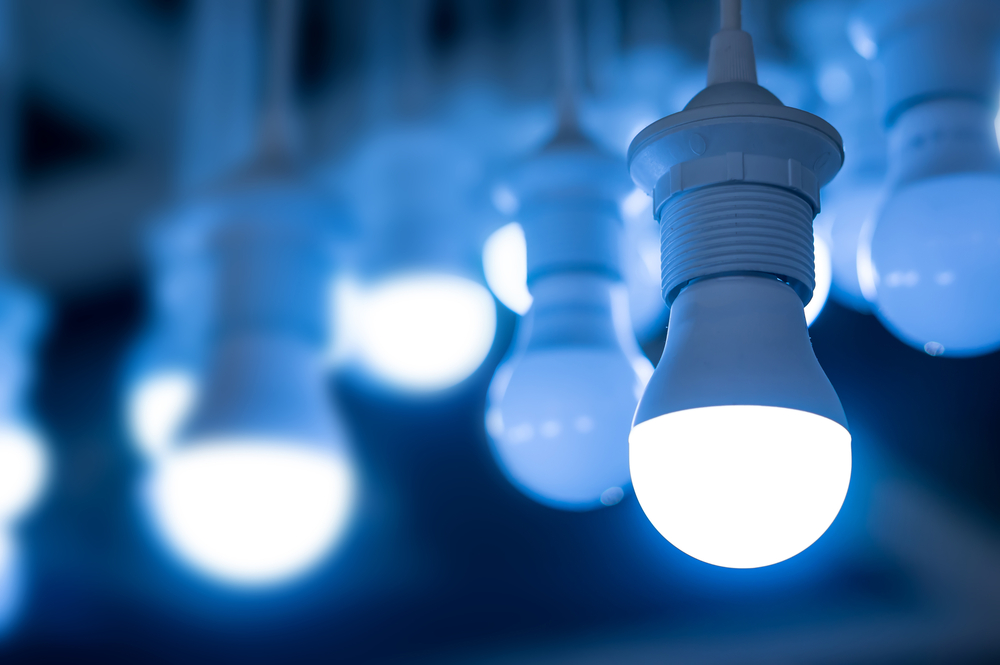LED lighting revolution in India
Nowadays everyone knows about LED (Light Emitting Diode) Lighting and it becomes a very common mode of lighting load in each Indian household. In India, You can get LED lighting at every place whether it is a big city like Delhi, Mumbai, Bangalore etc, or a very small village in east India. You will be surprised to know that before 2014 LED lighting are something that was known for rich people’s households but now even in a small hut in a small village in India, you can easily find out burning LED lighting. This article will give you a small idea about the
LED lighting revolution in India

LED Lighting
LED stands for the Light Emitting Diode. It is a semiconductor device that produces light when an electrical current is passed in between it. LED have been used in various applications like lighting digital clocks, computer screens, and traffic signals but were not seen as a traditional source of light until Netherlands-based Lemnis Lighting became the first company in the world to commercially manufacture LED bulbs in 2006. Most developed countries such as the US and Britain have made a big switch to LED bulbs.

In India, The first LED light was manufactured by NTL based on the Lemnis technology in 2009. Energy Efficiency Services Limited (EESL) launched a program named Unnat Jyoti by Affordable LED for All (UJALA) in 2015. Under this Programme, initially, EESL has distributed the 7Watt LED Bulbs at the PAN India level with the help of the state’s DISCOM. You can access more information about this program by clicking on the following link: https://eeslindia.org/en/ourujala/
After the successful distribution of 7Watt LED bulbs, subsequently EESL introduced 9Watt LED bulbs, 20Watt LED tube lights, and 5-star-rated energy-efficient ceiling Fans. This Program emerged as the world’s largest zero-subsidy domestic lighting. It made a great impact in terms of the sales price of LED bulbs and cut down the sales price by 85% in the retail market. 368 Million LED bulbs, 7.2 Million LED Tube lights, and 2.3 Million Energy efficient fans distributed by EESL across India. This has resulted in estimated energy savings of 48.42 billion kWh per year with avoided peak demand of 9,789 MW, GHG emission reduction of 39.30 million t CO2 per year, and estimated annual monetary savings of INR 19,334 crore in consumer electricity bills.
How EESL achieved this?
Everyone knows that the upfront cost of LED bulbs is very high before FY2015 and it is known that EESL is not a manufacturer of the LED light then it is a valid question. Let me tell you the procedure which EESL follows to reduce the price of LED lights. EESL uses the demand aggregation method for its major projects in which EESL aggregates the demand requirement of incandescent bulbs across India and does the bulk procurement. This method gives the cost benefits to EESL and then the same passes on to the normal consumers. Various vendors who are the manufacturer joined indias led revolution and onboarded through the open competitive bidding.

Benefits:
- Reduce the market sales price of LED lights by 85%.
- Reduce the peak Demand of 9789 MW.
- Reduction of the GHG emission of 39.30 million Ton CO2 per year.
- Can be helpful in achieving the net zero commitment of India
The procurement price of LED bulbs has dropped significantly due to aggregation of demand from INR 310 (Jan. 2014) to INR 39.90 (August 2019) Technical specification of LED bulbs being distributed has been enhanced from 7 W to 9 W and 85 lumen / W to 100 lumen/ W respectively The program has been able to engage with common man in a significant scale and so far, more than 9 crore consumers have taken the benefit of using these LED bulbs thus making it the largest non-subsidy based LED lighting program in the world
Thanks,
